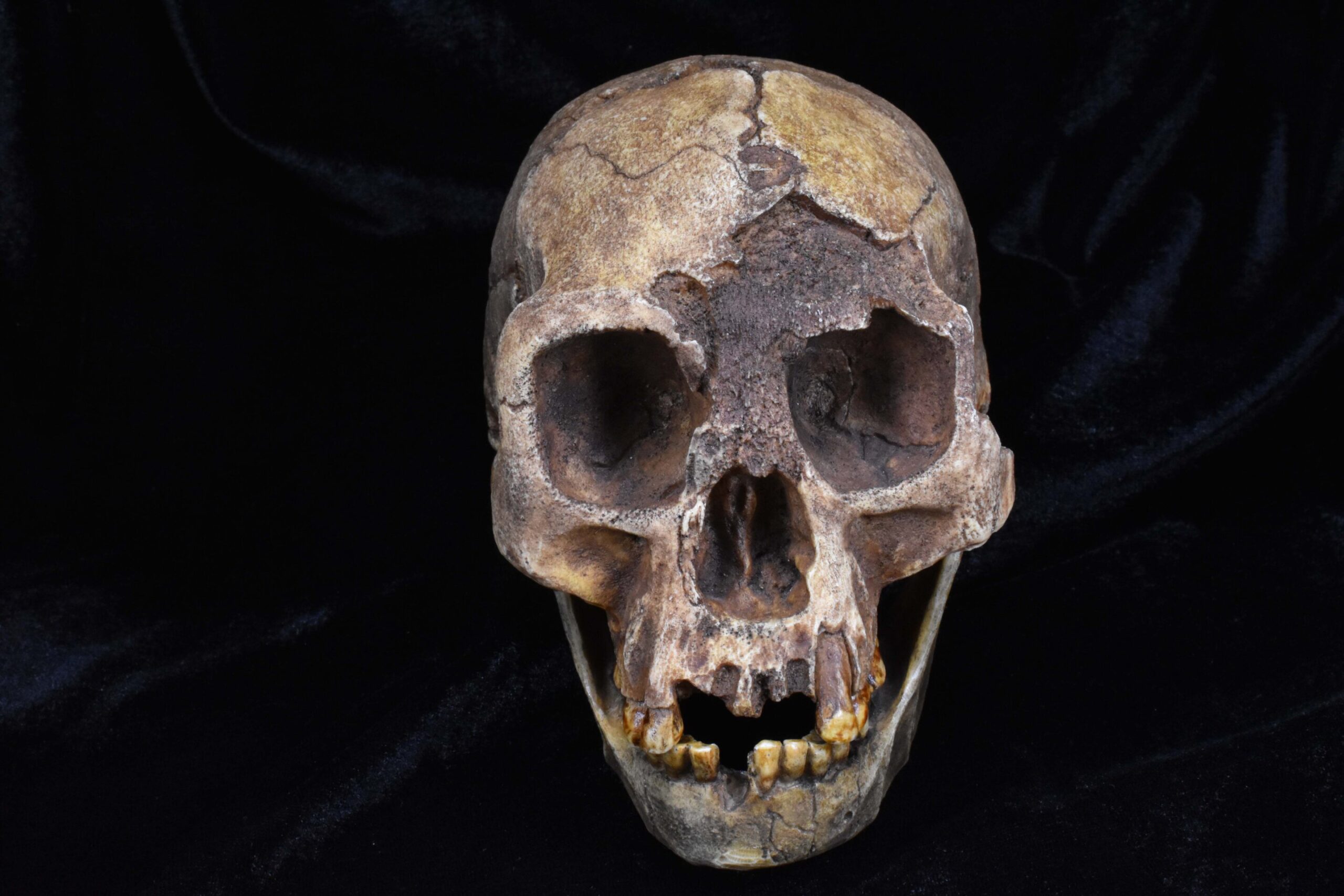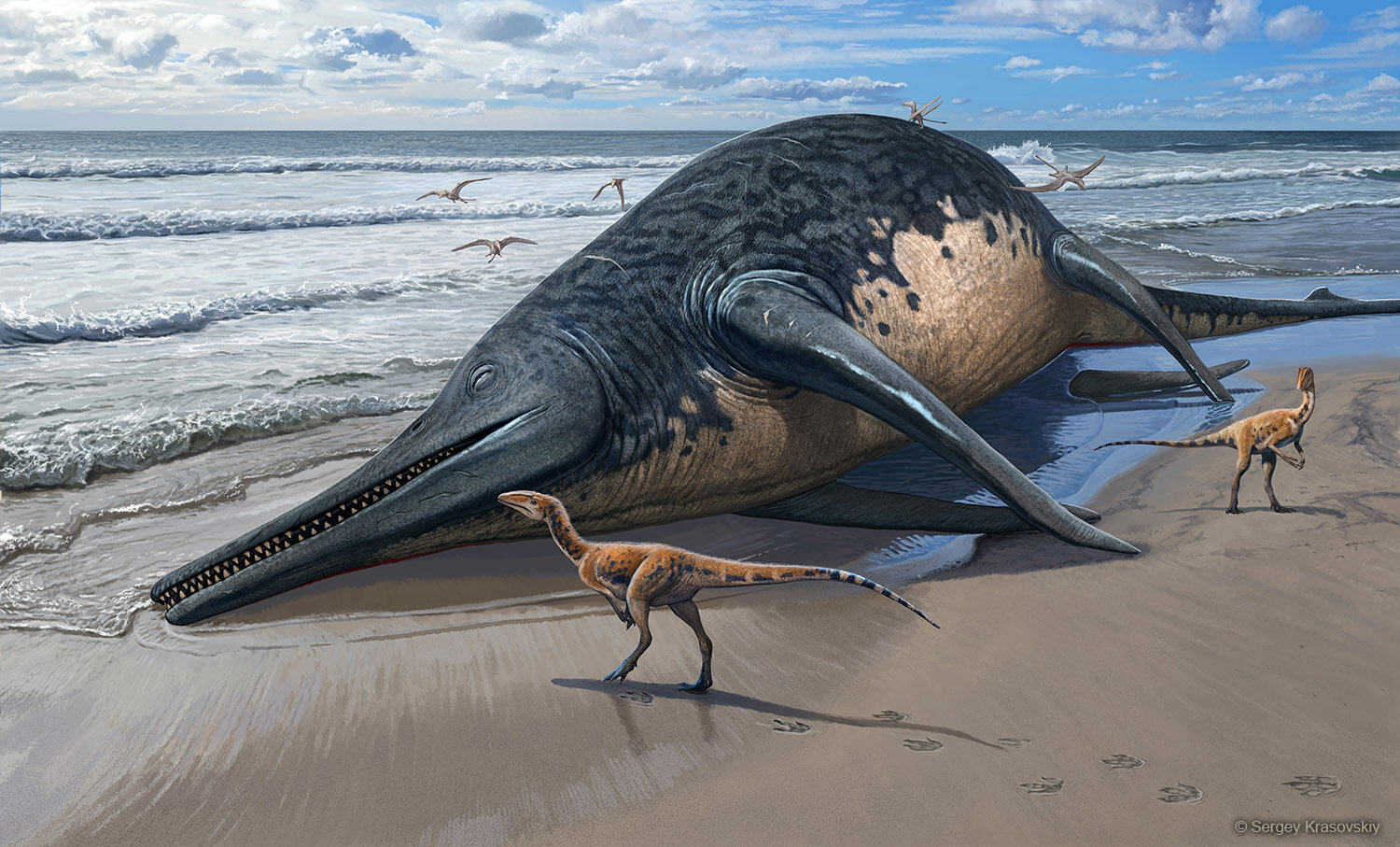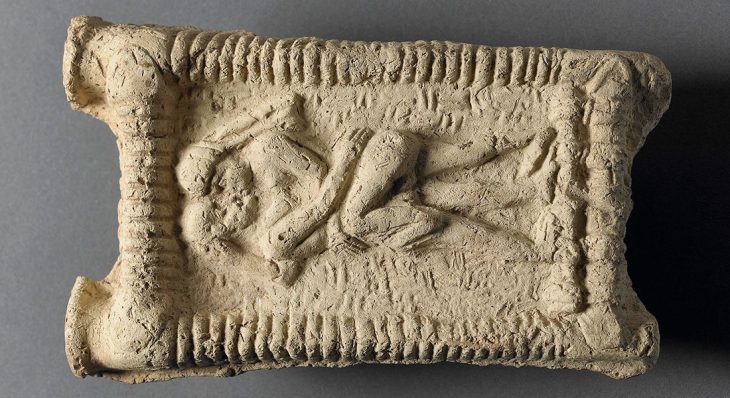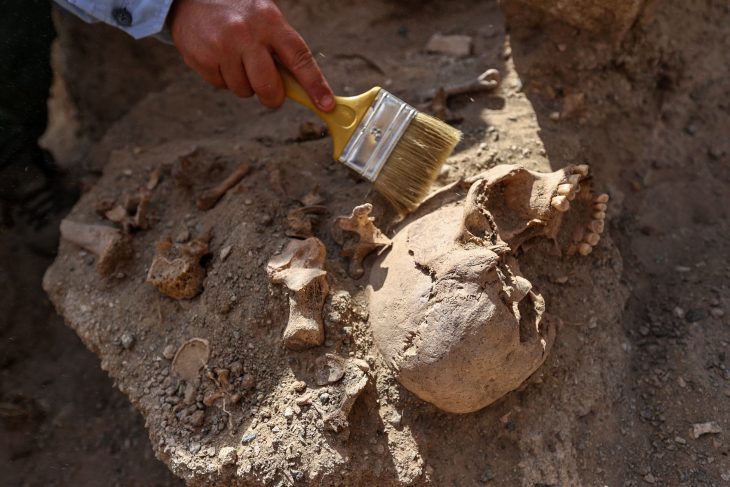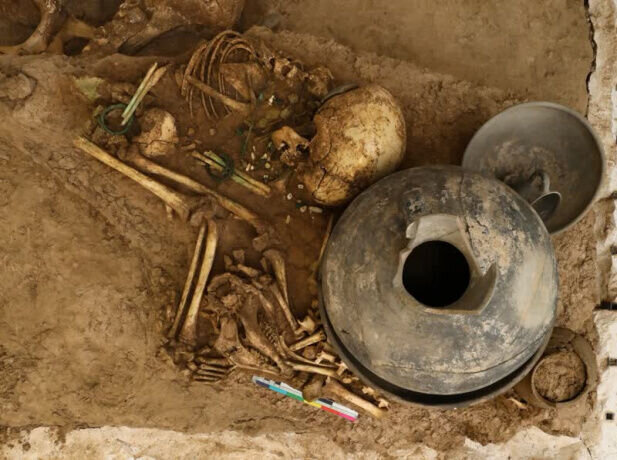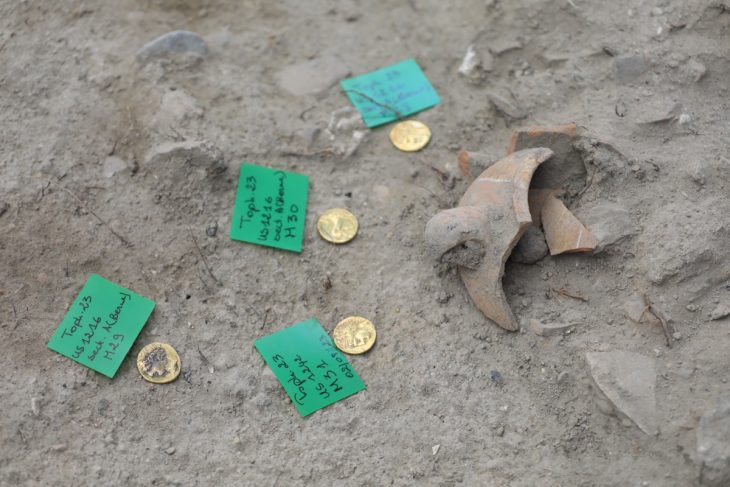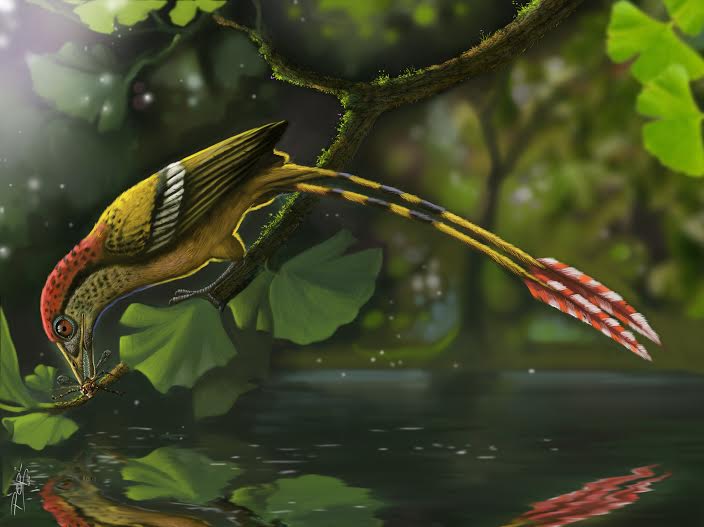First Cranium of Australopithecus anamensis Challenges Theories of Human Evolution
Australopithecus anamensis is the earliest-known species of Australopithecus, and widely accepted as the progenitor of Lucy’s species, Australopithecus afarensis. Until now, A. anamensis was known mainly from jaws and teeth. Yohannes Haile-Selassie of the Cleveland Museum of Natural History, Stephanie Melillo of the Max Planck Institute for Evolutionary Anthropology and their colleagues have discovered the … Read more

